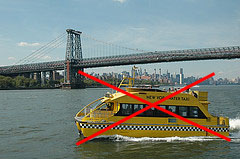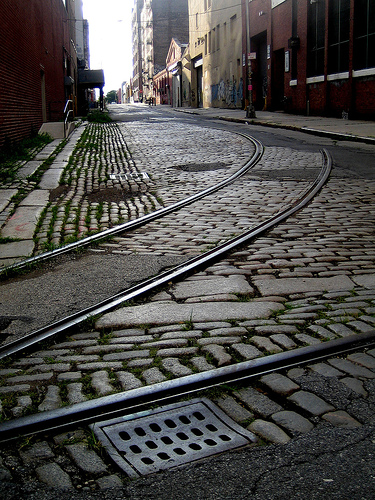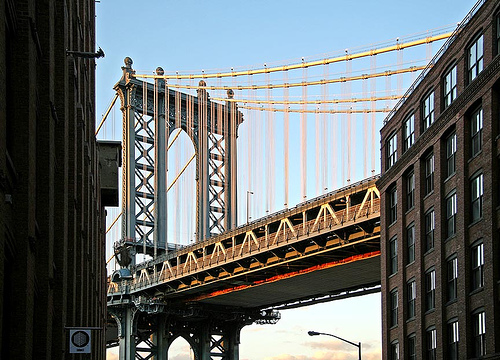From the Times, we learn that the Health Department is just now figuring out that when the cat’s away, the mice will play.
Years ago, I worked in a bar in Manhattan (one that did not serve food). The Health Department cited us for having a cat – multiple times. So rather than keep racking up fines, we got rid of the cat (he wound up living a comfortable life in North Carolina).
Within a month, we had rats. Big rats. The kind of rats that would think nothing of running across a crowded barroom floor. We hired an exterminator, who did manage to kill some rats. Unfortunately, the rats crawled into the ceilings and other nooks to die. And decompose. And smell.
So eventually, we got another cat. Two kittens, in fact. Together, they were about half the size of our average rat, but within a matter of days, the rats were gone. Basically, on smell alone, the rats vacated.
So, yeah, I can pretty much back this up: “[the Health Department] did concede that some studies have shown that the smell of cats will keep mice away.”
(Side note – someone actually stole one of our kittens.)





